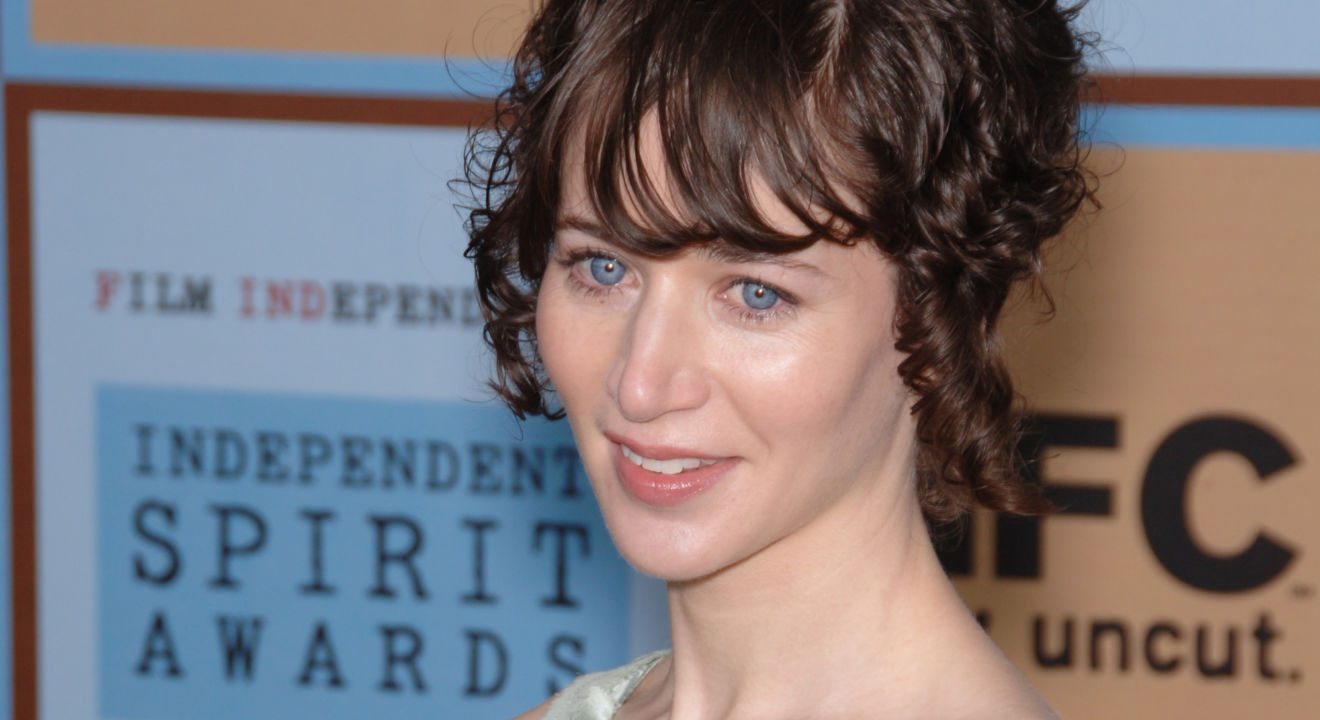Culture November 11, 2016


Glancing at a photo of Miranda July, you suddenly find yourself having a staring contest with a photo.
That sense of personal intimacy and vulnerability is utilized in much of July’s work. It encapsulates stark – almost high-hipster – aesthetics, honesty and a concrete sense of self. This sense of self has allowed her to explore heavy topics in her art.
She stated in an interview, “My confidence has always been in the faith in myself to let myself be vulnerable.” With careers in acting, performance art, writing, directing and music, July refuses to stay comfortable in one specific genre.
READ MORE: Charles March Gives 5 Expert Tips for Taking the Perfect Photograph
Born in Vermont in 1974, Miranda began to explore art and creativity at a young age. When she was 16, she put on her first public and professional piece of art with a play called “The Lifers.” Discovering that drama “laid [her] bare,” July decided to pursue this type of art professionally.
She got her first real push in art when she dropped out of the University of California, Santa Cruz, and moved to Portland in the mid-’90s. In Portland, she encountered and became enthralled with the riot grrrl movement. July stated, “The whole world I was in was fueled by a sense of rebellion and kind of delinquency.” Around the same time, she put on her first full-length performance pieces, where she shared the bill at clubs with bands such as Sleater-Kinney.
In 1996, July created the first two of her more well-known pieces, “Joanie4Jackie,” a visual zine relying on film making, and “Atlanta,” one of her first narrative-based films. Her first full-length piece of performance work debuted in 1998 in Portland and was titled “Love Diamond.” This piece instigated a host of habits that July continued to use in her work such as slide and video imagery and audience participation. As time progressed through the ’90s and early 2000s, July’s pieces became longer and more complex.
READ MORE: 5 Instagrams to Follow That Feature Actual Art
Her first break out of the art world into mainstream media was with her film “Me, You, and Everyone We Know.” Produced in 2005, the feature-length film was featured at Sundance Film Festival. July describes her experience with Sundance as “sort of like I suddenly [had] the college degree [I] never had. Like the Sundance seal of approval made it relatively easy to begin having meetings where [I] pitched to potential independent financers.”
Later, the critically acclaimed film won at Cannes. After her film making success, July put on a show titled “Things We Don’t Understand and Definitely Are Not Going to Talk About,” which ended up inspiring her second film, “The Future.”
In 2015, July dove into another art form: narrative print. Lena Dunham described July’s book, “The First Bad Man,” as a novel that had “never spoken so deeply to my sexuality, my spirituality, my secret self. I know I am not alone.”
Despite her whimsical and sometimes almost cutesy aesthetics, Miranda July explores a certain sense of bare, refreshing honesty that forces her viewers and readers to explore the interconnectivity of human beings.
READ MORE: Cindy Sherman: Feminist or Female Artist?